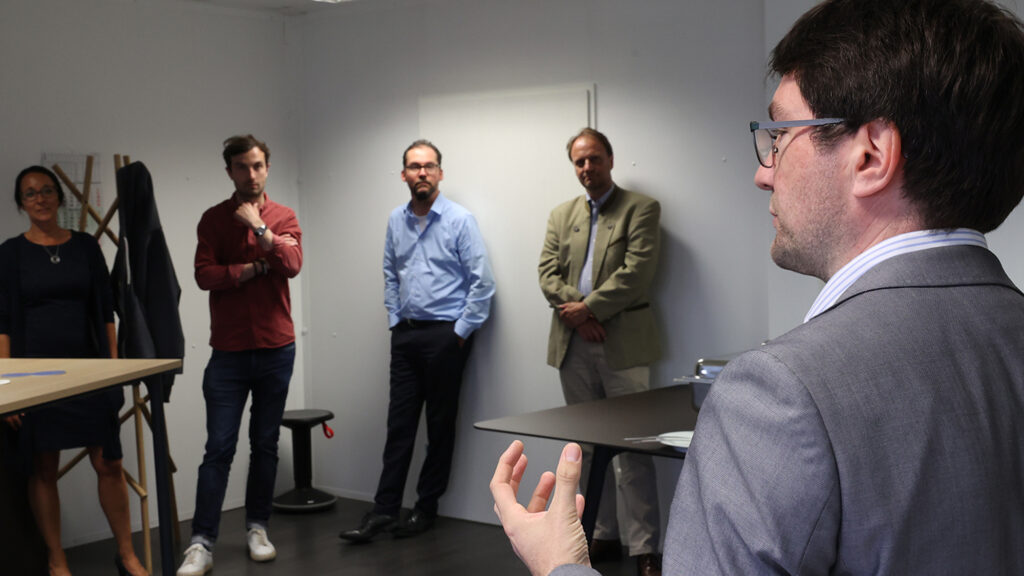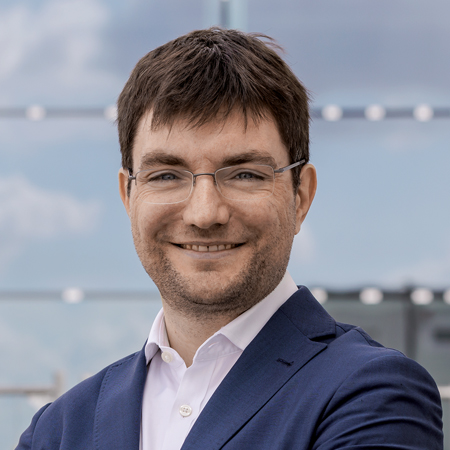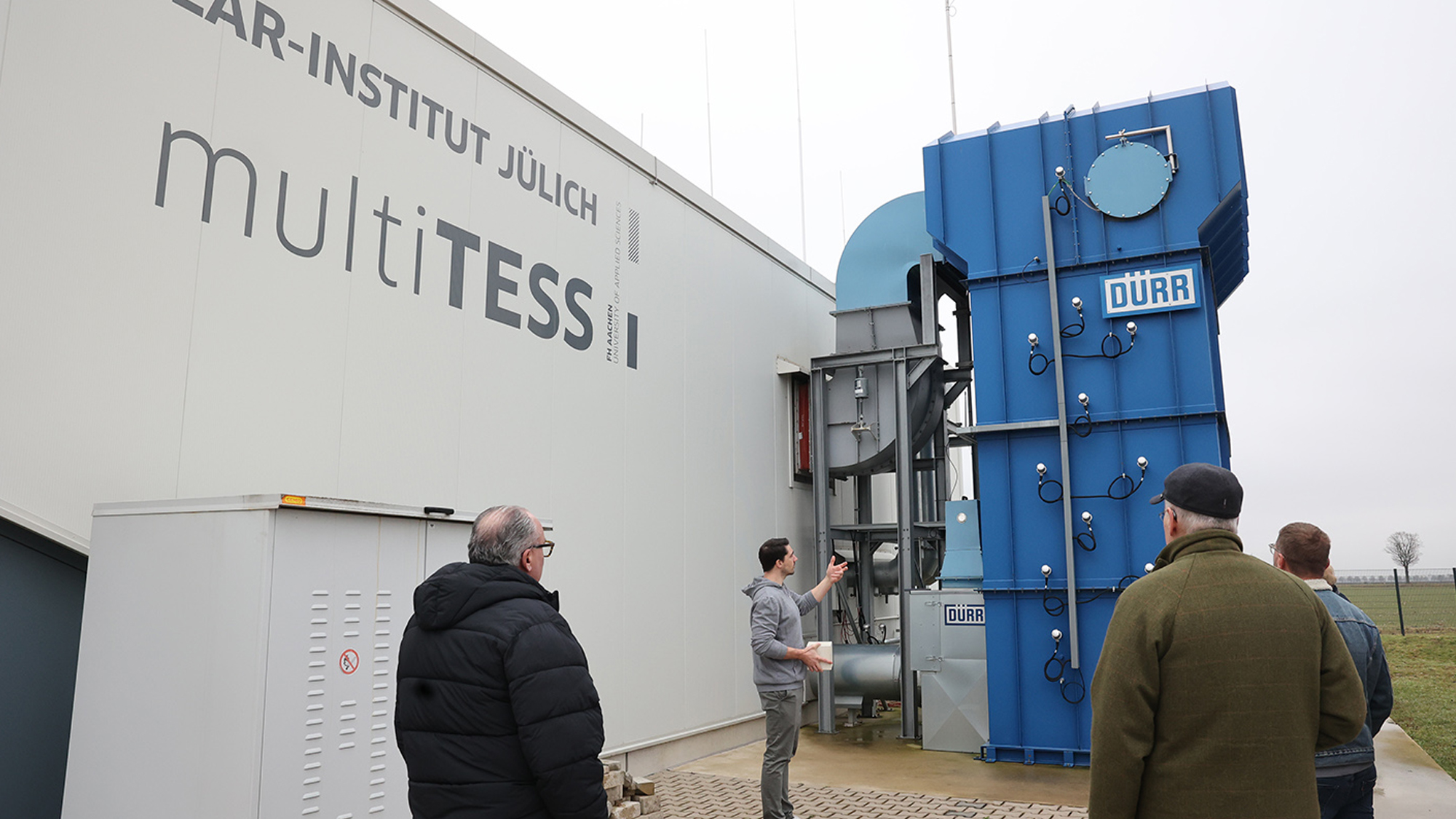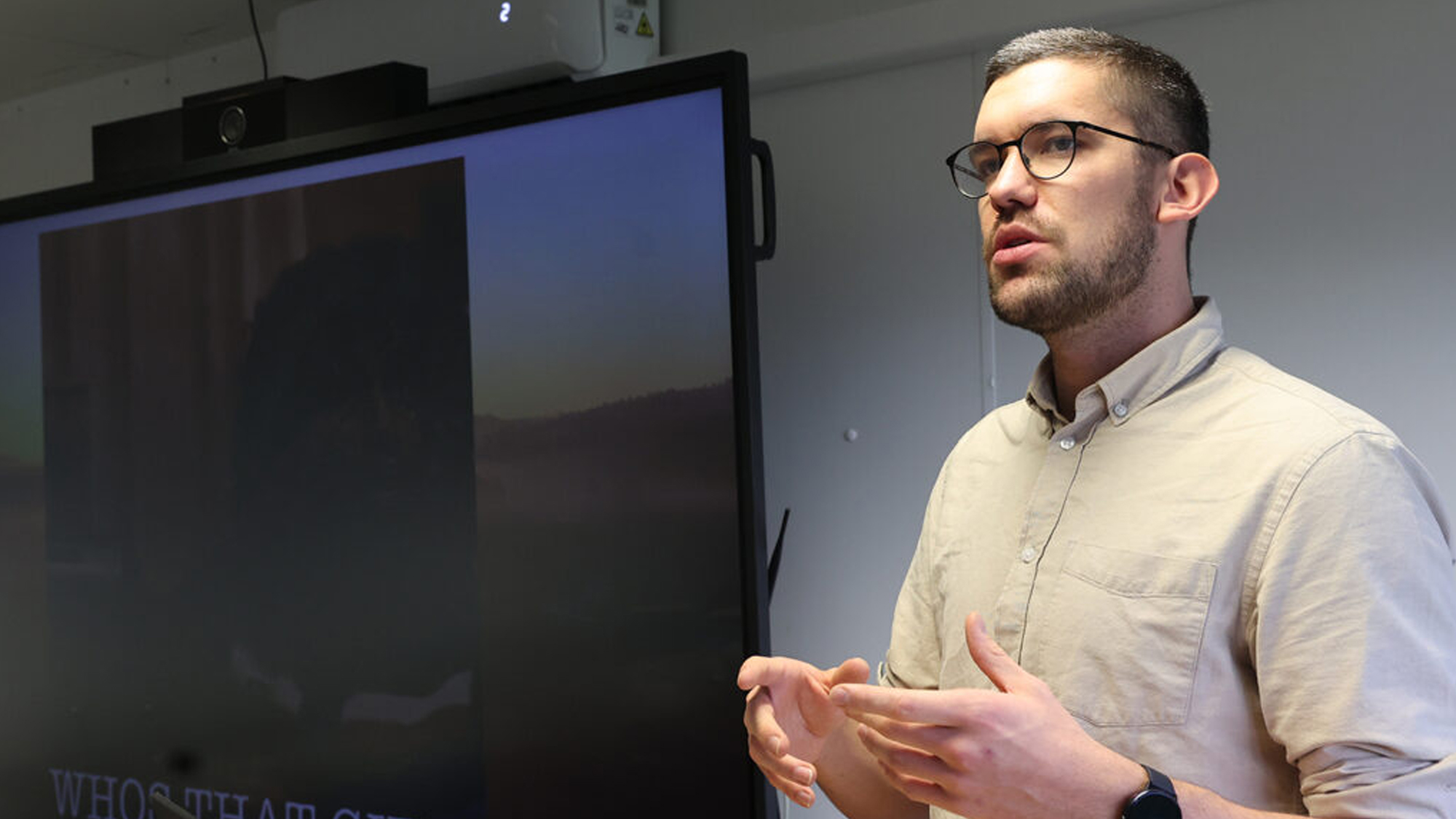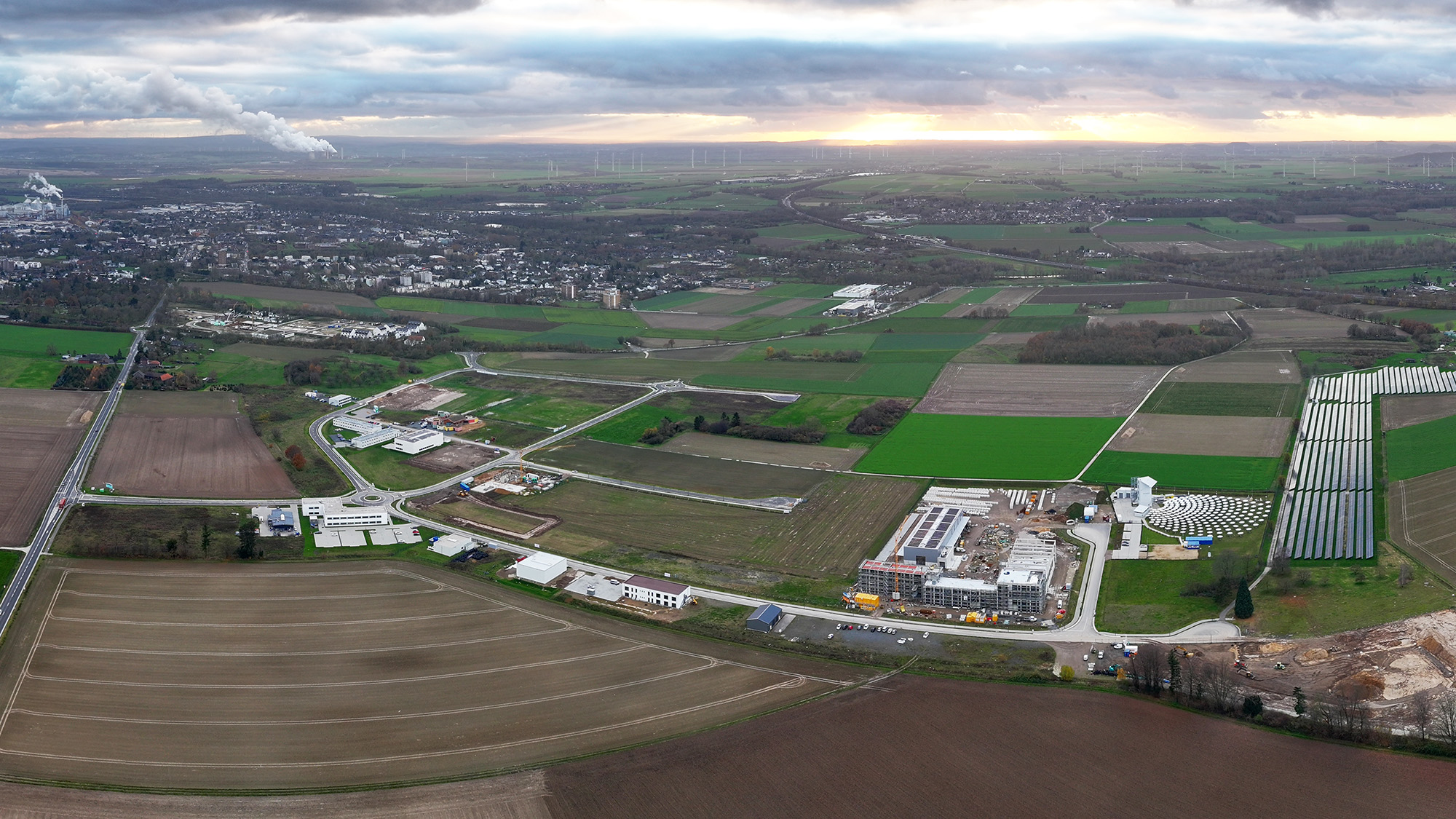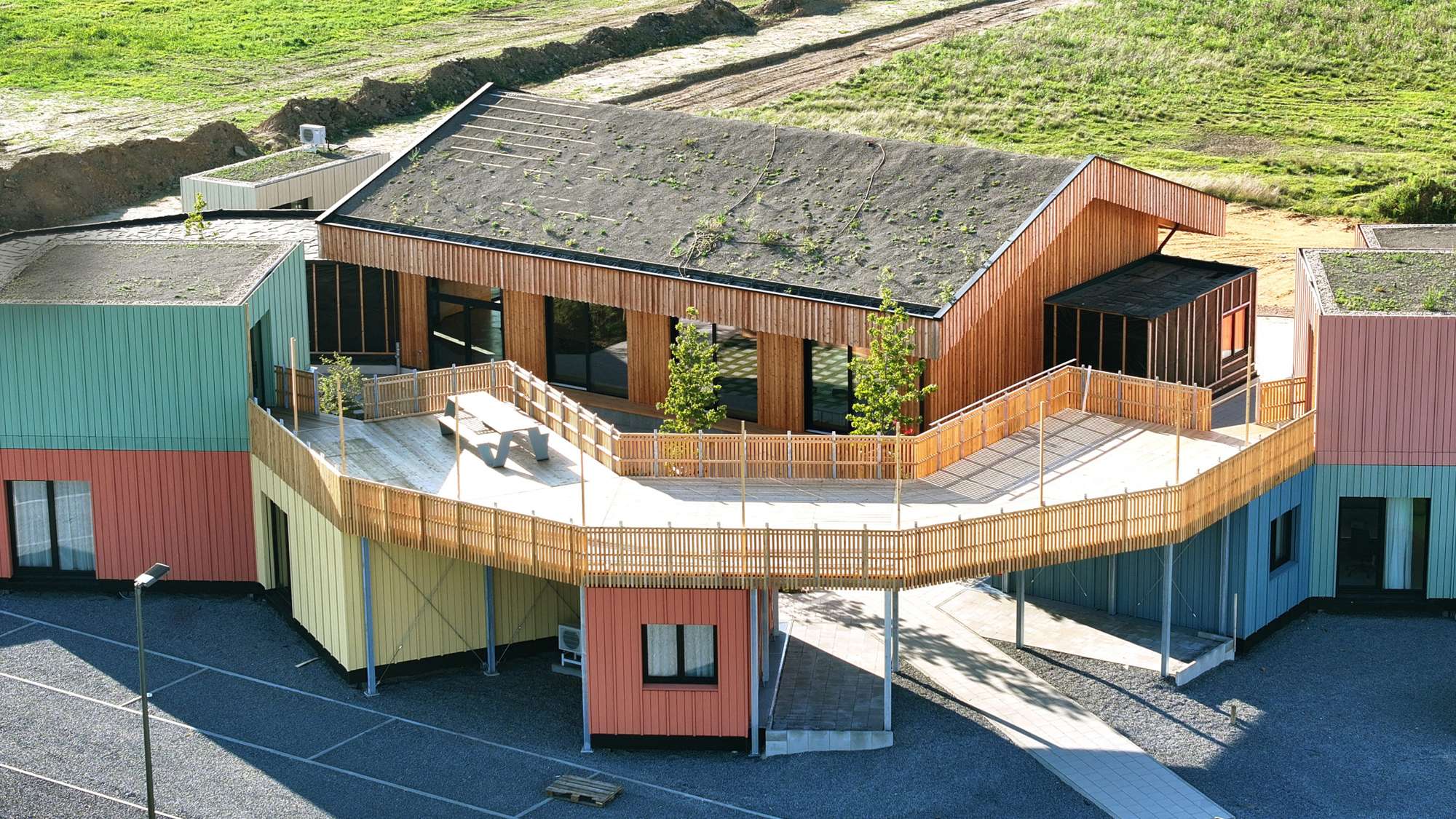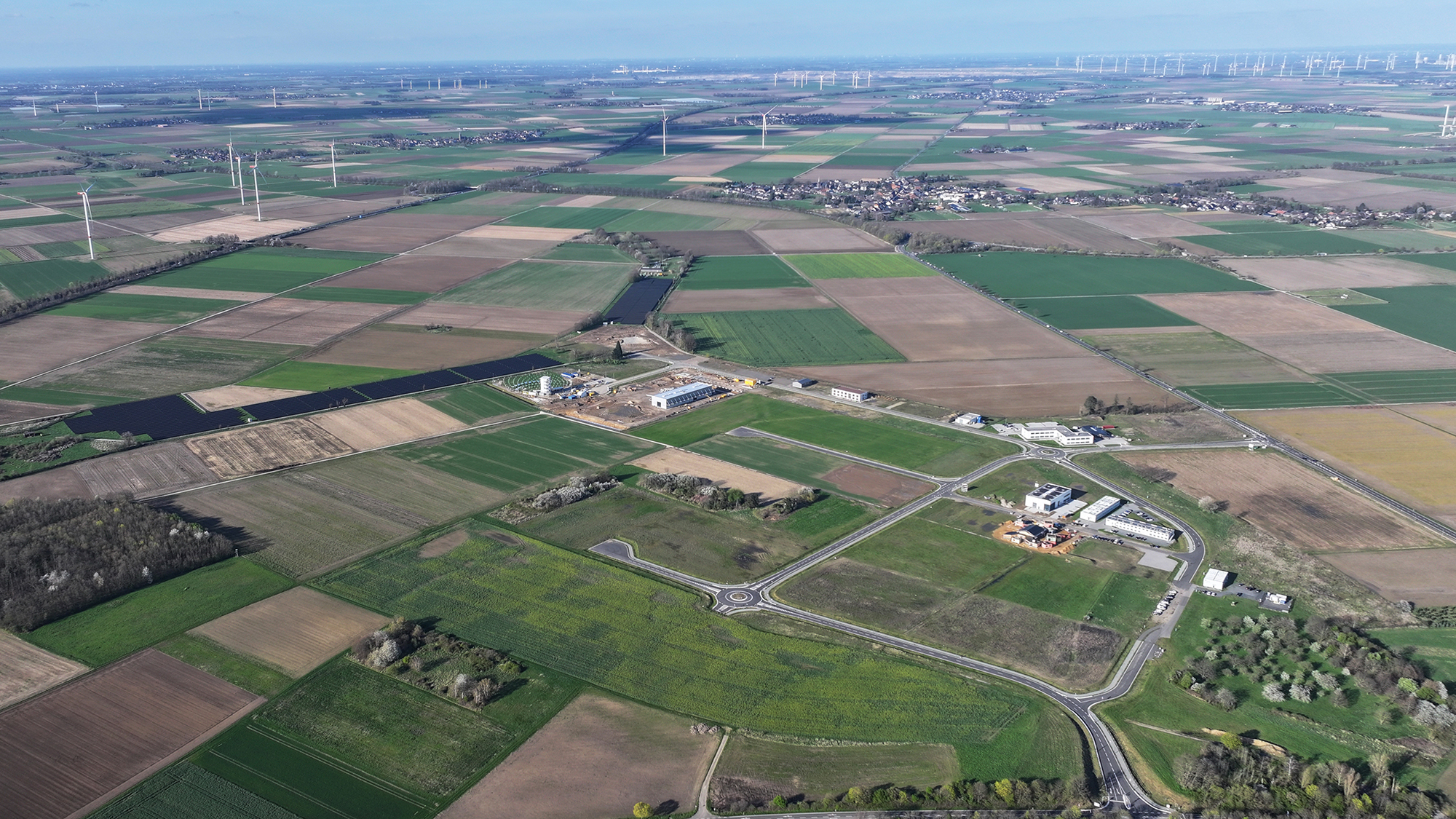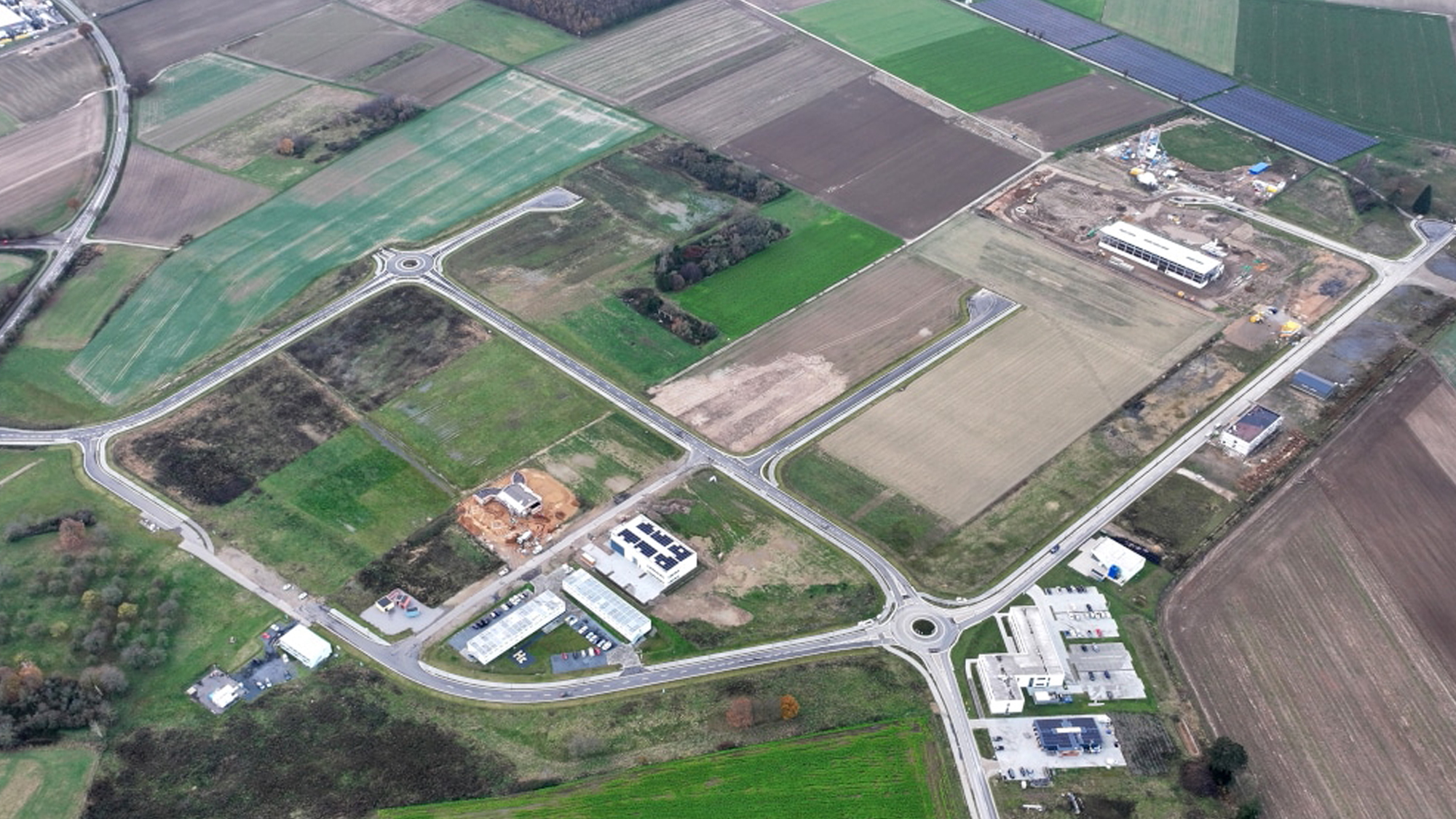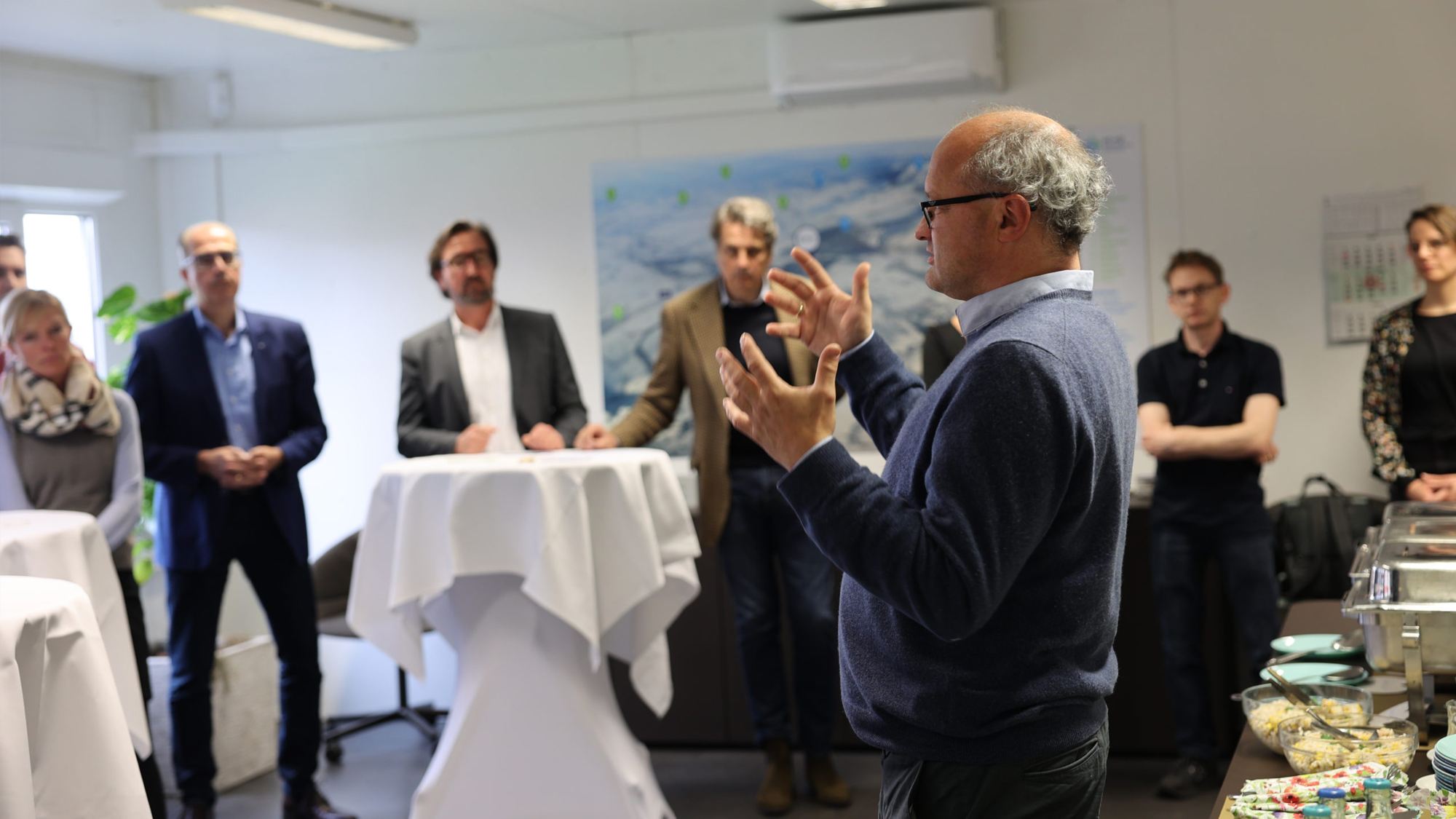“So what’s behind this ‘ominous four’?” Andreas Peschel raised this question himself after welcoming the guests to the second-ever HC-H2 Brainergy Park Connect event in the heart of the Rhenish mining area.
A meeting between neighbours of Brainergy Park
The Helmholtz hydrogen cluster (HC-H2) launched an event in May in which neighbours of Brainergy Park, and those looking to move into the industrial park, come together. The second-ever meeting has now taken place. Brainergy Park is an intercommunal and innovative new industrial park to the north of the town of Jülich, which is being built according to the latest sustainable technology. New jobs are to be created here in the Rhenish mining area over the next few years. Initial construction activities can already be seen, with more set to follow.
“In the future, when a plant is commissioned and put into operation as part of our projects in the Rhenish mining area, INW-4 will certainly be involved.”
Prof. Andreas Peschel, Director of the Department INW-4
HC-H2 is one of the pillars of Brainergy Park and is working to ensure that the Rhenish mining area becomes a globally visible demonstration region for new hydrogen technologies. To this end, innovative demonstration facilities are to be installed in the region. Forschungszentrum Jülich’s Institute for a Sustainable Hydrogen Economy (INW) forms the core of HC-H2.
The ominous four
This brings us the “ominous four” mentioned by Peschel at the outset. INW conducts basic research in the field of chemical hydrogen storage. There are four dedicated subinstitutes ranging from the molecular level at INW-1 (catalytic interfaces) right up to INW-4, which is “focused on apparatus, processes, and plant engineering,” explained Peschel. As professor, he has been the head of INW-4 since 1 March. “In the future, when a plant is commissioned and put into operation as part of our projects in the Rhenish mining area, INW-4 will certainly be involved.”
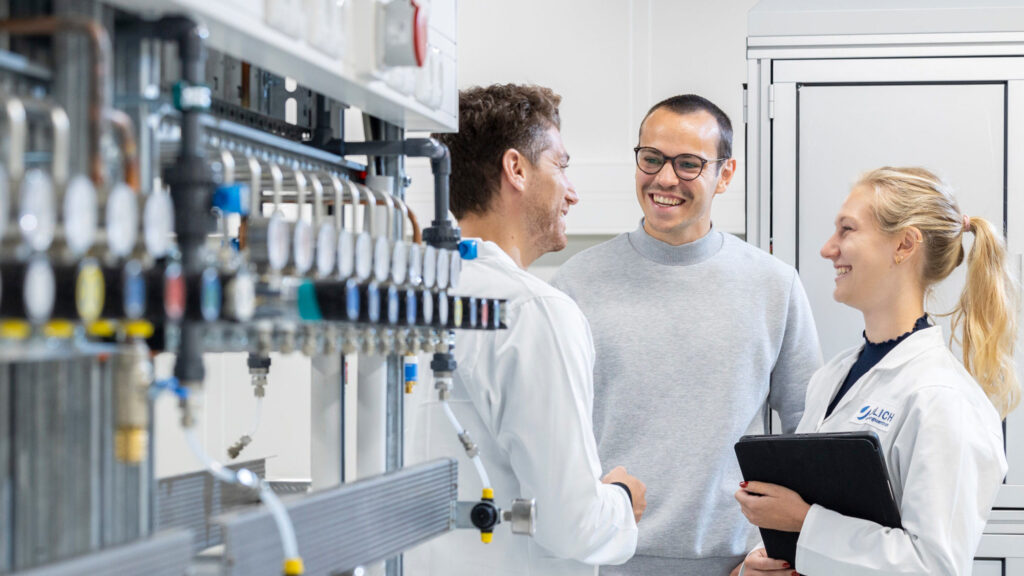
Rhenish mining area to establish itself as a brand
Peschel invited the guests to work together more closely to overcome the challenging task of structural change. “Our research is our contribution. And there is the possibility that our projects partners can receive up to 50 % funding for their contributions. We can help in the formation of consortia as well as to ensure that projects meet the necessary qualification criteria.”
Network head Fabian Patzak spoke to guests about one of the major goals: “We want to establish the Rhenish mining area as a brand for innovative hydrogen technologies. The more success we have in doing so, the easier it will be to find good new employees and partners who can help us to roll out environmentally friendly energy technology beyond our region.”
And because it is easier to achieve such ambitious goals through collaboration, HC-H2 now regularly hosts an event for all neighbours at Brainergy Park and those who want to move into the industrial park. In a relaxed setting, the new neighbours have the chance to get to know each other, share experiences, talk about problem-solving, and discuss cooperation.
The copyright for the images used on this website is held by Forschungszentrum Jülich, aligator kommunikation GmbH and
stock.adobe.com.
